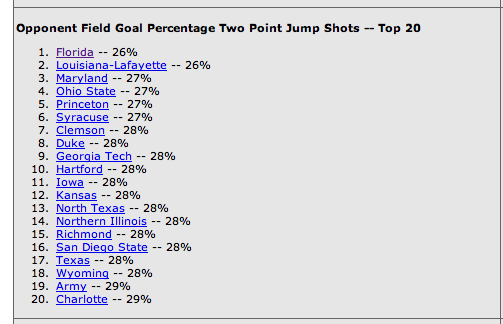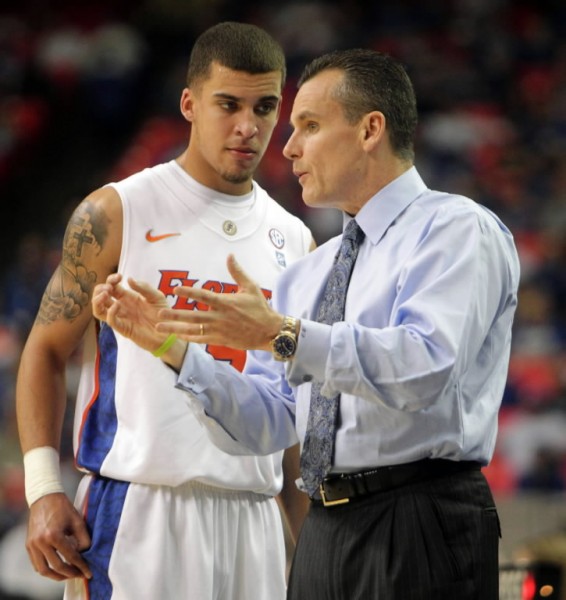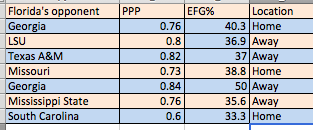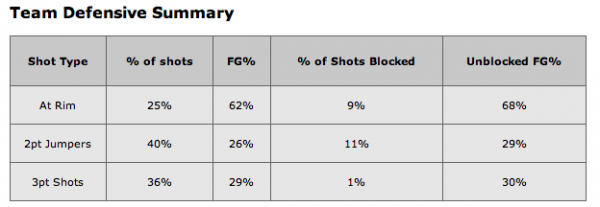Florida’s Defense in a League of Its Own in Conference Play
Posted by Brian Joyce on February 1st, 2013Brian Joyce is a writer for the SEC microsite and regular contributor for Rush The Court. Follow him on Twitter for more about SEC basketball at bjoyce_hoops.
Florida is best known for its offensive efficiency, but since conference play began the Gators have been the class of the SEC in terms of defensive prowess too. On Wednesday, Billy Donovan‘s club held South Carolina to just 10 first half points. Though that was one of the Gators’ best defensive efforts of the season, this sort of dominating defensive performance is hardly unusual for the Gators this season. South Carolina coach Frank Martin indicated that offense and defense go hand-in-hand. “They did the same thing [to us] they’ve done to every opponent this year,” Martin said. “They’re rock-solid. They’re sound. What allows them to be so good defensively is how good they are on offense. They rarely take a bad shot. They rarely turn it over. If you try to guard them, they don’t panic.” But just how effective has Florida been in conference play and how have the Gators been so good?
In his column for the Gainesville Sun, Pat Dooley stated that statistics didn’t do Florida’s defense justice, but our propensity for advanced statistics will certainly do the trick. In conference games only, Florida has the number one ranked points per possession (PPP) defense in the country. In addition, the Gators have held five of its seven opponents to under 40 percent in effective field goal percentage.
It is important to note why Florida has been so effective, and there are two big reasons. The first is the emergence of point guard Scottie Wilbekin as a shutdown defender. As CBS Sports‘ Jeff Borzello points out, Wilbekin has found a way to put some of the SEC’s best guards on lockdown. Texas A&M’s Elston Turner managed just four points. Missouri’s Phil Pressey put up two points and committed a mind-boggling 10 turnovers. After South Carolina’s Bruce Ellington led the way for the Gamecocks over the Razorbacks, he was slowed to just seven points and seven turnovers when guarded by Wilbekin.
The second big reason Florida is making it difficult for opponents to score is its interior defense, which we have already lavished with praise after Florida’s loss to Arizona. The Gators are holding opponents to under 30 percent shooting on two-point jumpers. They also do so from beyond the arc, which places them among the nation’s best as well, but holding opponents to such a low percentage from inside the three-point arc is the far more impressive statistic.
The Gators’ ability to shut down play inside the arc puts them at the top of national defensive statistics.

The Gators are the country’s stingiest defensive team from inside the three-point line. (Courtesy of www.hoop-math.com)
Florida hasn’t exactly faced an offensive juggernaut through SEC play, but the Gators’ domination on the defensive end makes them not only the best in the conference, but quite possibly the best defensive team in the nation. With an offensive and defensive unit that are at the top of its game, it’s not too early to start thinking about Florida running the table in a year when the rest of the SEC simply isn’t in the same league.















































